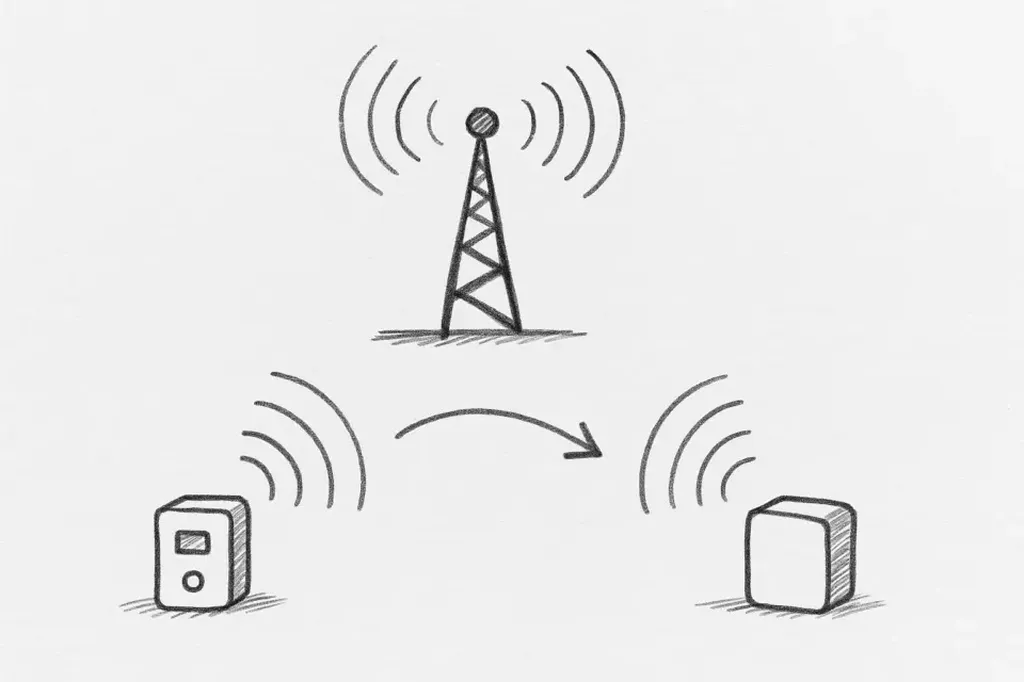The research team behind this study includes Navid Amani, Filiberto Bilotti, Davide Dardari, Raffaele D Errico, Riku Jantti, Gianni Pasolini, Dinh-Thuy Phan-Huy, Davide Ramaccia, Olivier Rance, and Henk Wymeersch, who are affiliated with various institutions including the University of Oulu, King’s College London, the University of Bologna, and the University of Pennsylvania. Their work focuses on addressing the energy and sustainability challenges posed by the massive scale of Internet of Things (IoT) connectivity expected in future 6G networks.
The study introduces a novel concept called generation-agnostic zero-energy devices (XG-ZEDs). These are a new class of IoT devices designed to be battery-less, spectrum-agnostic, and future-proof across successive network generations. XG-ZEDs utilize existing ambient wireless signals for communication, sensing, and localization, thereby reducing the need for disposable batteries and minimizing energy consumption.
The researchers review various architectural classifications, communication protocols, and network integration strategies for XG-ZEDs. They also highlight representative applications such as sensing, localization, and radio-SLAM (Simultaneous Localization and Mapping). The study emphasizes the potential of XG-ZEDs to transform infrastructure and user devices into universal enablers of ultra-low-power connectivity, which could significantly enhance the sustainability and efficiency of IoT networks.
One of the key advantages of XG-ZEDs is their ability to operate independently of the underlying network generation, making them a versatile solution for long-term IoT deployments. This generation-agnostic approach ensures that devices remain functional and relevant even as network technologies evolve, reducing the need for frequent upgrades and replacements.
The research outlines several challenges that need to be addressed for the widespread adoption of XG-ZEDs, including technical hurdles related to communication protocols and network integration. However, the potential benefits in terms of energy efficiency, sustainability, and cost savings make XG-ZEDs a promising avenue for future IoT development.
This study was published in the Proceedings of the IEEE, a prestigious journal known for its high-quality research in the field of electrical engineering and related disciplines. The findings offer valuable insights for the energy sector, particularly in the context of IoT and smart grid applications, where reducing energy consumption and improving sustainability are critical goals.
In practical terms, the energy industry could leverage XG-ZEDs to create more efficient and sustainable IoT networks for monitoring and managing energy infrastructure. For example, battery-less sensors could be deployed across power grids to monitor energy consumption, detect faults, and optimize distribution, all while minimizing the environmental impact associated with battery disposal. This could lead to more resilient and environmentally friendly energy systems, aligning with the broader goals of sustainability and energy efficiency.
Overall, the research on XG-ZEDs represents a significant step forward in addressing the energy and sustainability challenges of future IoT networks. By exploiting ambient wireless signals and eliminating the need for disposable batteries, XG-ZEDs offer a promising solution for creating more efficient, sustainable, and future-proof IoT ecosystems.
This article is based on research available at arXiv.

